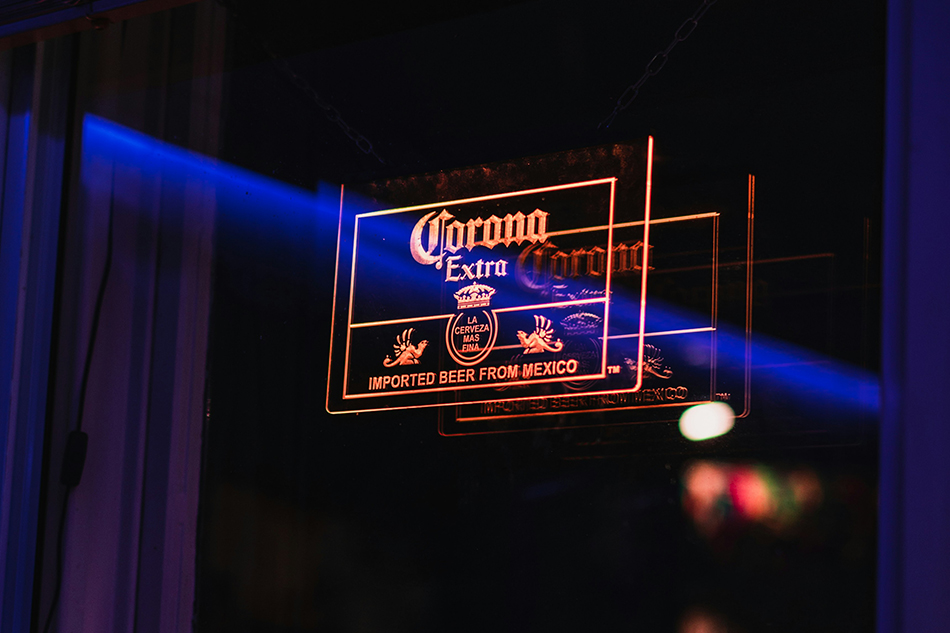Time:2025-05-19
As sustainability becomes a cornerstone of consumer expectations, retailers are increasingly adopting energy-saving mini neon shop window kits to balance eco-conscious practices with captivating visual merchandising. These kits combine the vibrant appeal of neon lighting with advanced efficiency, offering businesses a way to reduce operational costs while enhancing storefront aesthetics. This article explores the technological innovations, strategic advantages, and best practices for integrating energy-efficient neon solutions into retail environments.
The Rise of Energy Efficiency in Retail Lighting
Consumer demand for sustainable practices and stricter environmental regulations have propelled energy-efficient lighting to the forefront of retail design. Mini neon shop window kits address these priorities by:
Lowering Carbon Footprints: Utilizing LED-based neon technology to minimize energy consumption compared to traditional neon or incandescent lighting.
Aligning with ESG Goals: Supporting corporate sustainability initiatives, which can enhance brand reputation and customer loyalty.
Reducing Operational Costs: Long-lasting designs that decrease replacement frequency and energy bills, particularly for 24/7 illuminated displays.
For retailers, these kits are not just lighting solutions but strategic investments in future-proofing their businesses.

Technological Innovations Driving Energy Savings
Modern energy-saving neon kits incorporate breakthroughs that maximize efficiency without sacrificing visual impact:
Low-Voltage LED Systems: Safe, cool-to-touch operation with minimal power draw, ideal for prolonged use.
Smart Control Integration: Compatibility with timers, motion sensors, or app-based controls to activate lighting only during peak hours or customer presence.
Modular Design: Interchangeable components that allow retailers to expand or reconfigure displays without wasteful overproduction.
Heat Management: Advanced thermal dissipation materials that prevent energy loss and extend product lifespan.
These features ensure retailers achieve both aesthetic and sustainability goals seamlessly.
Key Benefits of Energy-Saving Neon Kits
Enhanced Brand Image: Eco-friendly displays resonate with environmentally conscious shoppers, fostering trust and differentiation.
Versatility: Suitable for diverse applications, from outlining window borders to highlighting promotional signage or seasonal décor.
Durability: Weather-resistant options for outdoor-facing windows, maintaining performance in rain, snow, or intense sunlight.
Ease of Installation: Lightweight, plug-and-play designs that require minimal technical expertise or structural modifications.
Trends Shaping Energy-Efficient Neon Displays
Stay competitive with these 2024 innovations:
Solar-Powered Neon Kits: Integration with renewable energy sources for off-grid or net-zero stores.
Circular Economy Models: Suppliers offering take-back programs to recycle or refurbish retired units.
Adaptive Brightness: Auto-dimming features that adjust luminosity based on ambient light conditions.
Biodegradable Materials: Neon tubes made from plant-based silicones or recyclable polymers, reducing landfill waste.
Choosing the Right Supplier for Sustainable Neon Kits
Critical factors to evaluate include:
Certifications: Compliance with international standards like Energy Star, RoHS, or ISO 14001 for environmental management.
Customization Options: Ability to tailor colors, lengths, and shapes to align with brand identity or window dimensions.
Localized Support: Suppliers with regional distribution networks to minimize shipping emissions and expedite deliveries.
Transparent Reporting: Detailed lifecycle assessments (LCAs) or carbon footprint data for informed decision-making.
Overcoming Implementation Challenges
Common hurdles and solutions:
Initial Cost Perceptions: Highlight long-term ROI through energy savings and customer retention metrics.
Design Limitations: Partner with suppliers offering scalable kits that grow with evolving branding needs.
Technical Integration: Opt for kits with user-friendly controls or vendor-provided training for staff.
Case Studies: Retailers Leading with Sustainable Neon
A Copenhagen eco-store reduced its energy costs by 40% after transitioning to solar-compatible neon window kits, aligning with its net-zero mission.
A Los Angeles boutique used adaptive brightness neon borders to create daytime subtlety and nighttime vibrancy, increasing evening foot traffic by 35%.
A Tokyo department store incorporated biodegradable neon tubes in its holiday displays, earning media coverage and boosting seasonal sales.
Future Innovations in Energy-Efficient Neon
Anticipate advancements such as:
AI-Optimized Lighting: Machine learning algorithms that predict peak engagement times and adjust lighting schedules autonomously.
Self-Powered Neon: Kinetic energy harvesting from foot traffic or ambient vibrations to supplement power needs.
Holographic Integration: Combining neon borders with 3D holograms for immersive, low-energy window displays.
Conclusion
Energy-saving mini neon shop window kits represent a transformative shift in retail lighting, merging sustainability with striking visual appeal. By adopting these solutions, retailers can future-proof their storefronts, reduce operational costs, and align with the values of eco-conscious consumers.
To maximize impact, prioritize suppliers that offer cutting-edge technology, circular business models, and tailored support—ensuring your neon displays not only illuminate your brand but also contribute to a greener future.